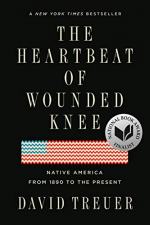|
This section contains 1,378 words (approx. 4 pages at 400 words per page) |

|
Summary
The casino business began in the wake of a 1976 U.S. Supreme Court ruling that Public Law 280, enacted in 1953 to transfer enforcement of criminal and civil violations to the states (see Part 4), did not extend to state oversight of tribal regulatory authority. Although states treated the law as if it granted them all civil authority, the court held that regulation of commerce, gaming, liquor, tobacco, and other matters remained under tribal jurisdiction. The Court reasoned that, had it wanted to, Congress would have specified an intent to transfer regulatory authority to the states in Public Law 280 or the Termination Act passed at the same time, but it did not do so. Therefore, such jurisdiction was a sovereign right that remained with the tribes.
The lawsuit, Bryan v. Itasca County, began as a property tax dispute. The...
(read more from the Part 6, Boom City — Tribal Capitalism in the Twenty-first Century Summary)
|
This section contains 1,378 words (approx. 4 pages at 400 words per page) |

|




